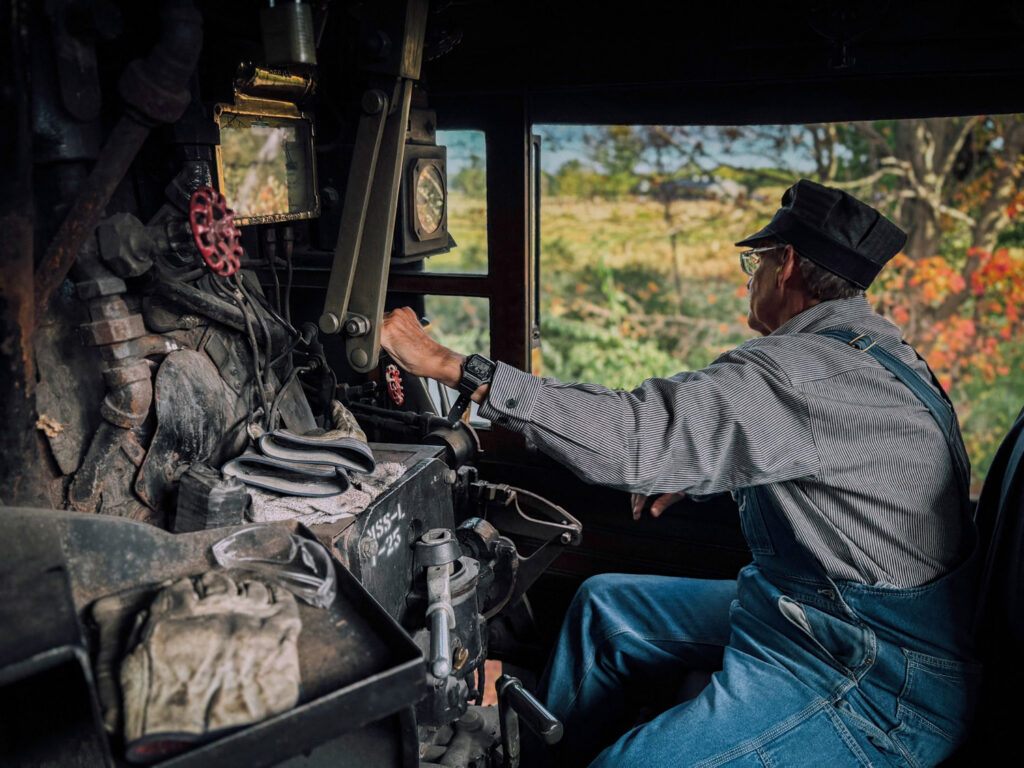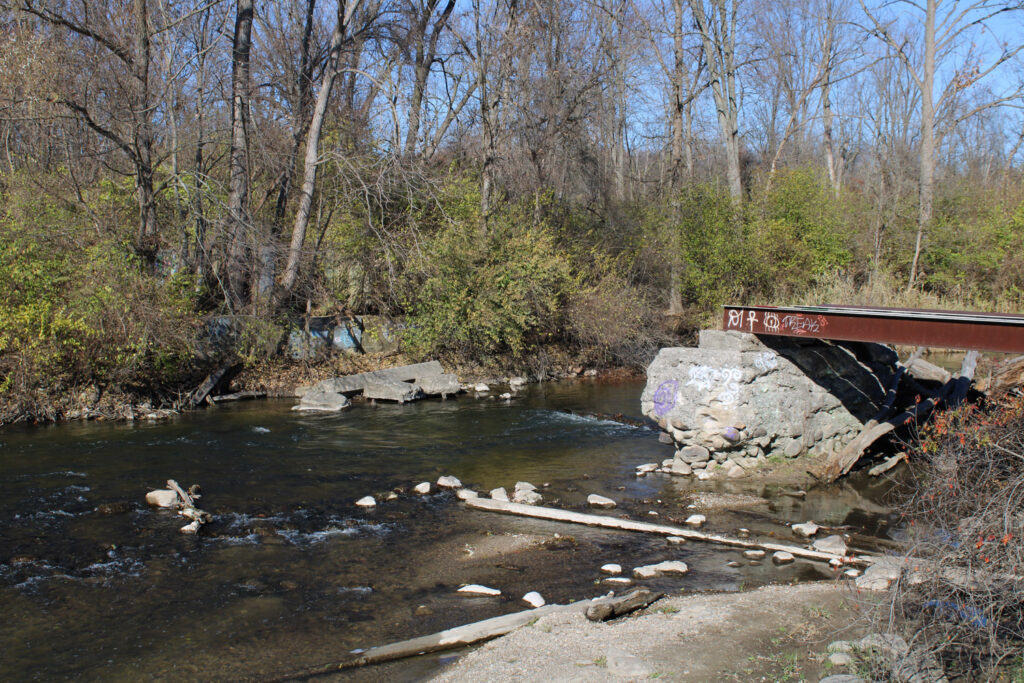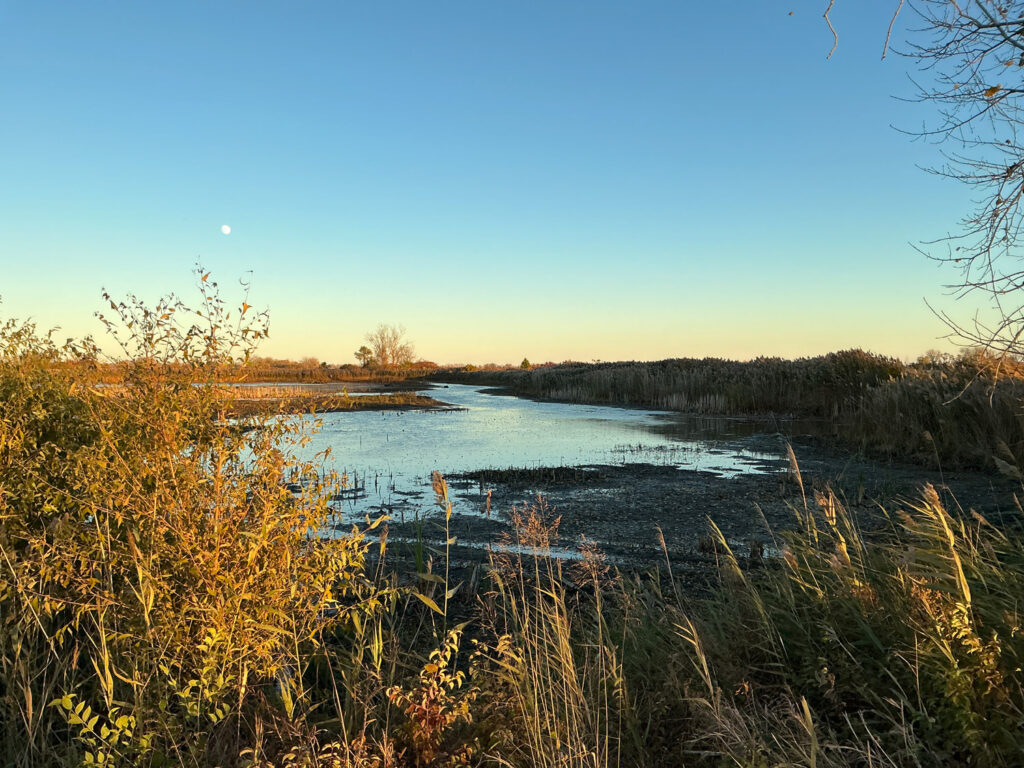Hillsdale — A whistle echoes through town. People stop to wave from sidewalks and out car windows as a vintage locomotive chugs past. A scene from the history books is happening now in Hillsdale, where the golden age of rail is making a comeback.
Today, few people know the rich railroad history that shaped southern Michigan. In 1843, the railroad tracks first reached Hillsdale. A main stop along the Michigan Southern Line, which traveled from Chicago to Indiana, Hillsdale was once at the center of Michigan’s railroad industry.
Soon, it might be again. Nearly 200 years later, the trains are coming back. Hillsdale is once again on the map, thanks to a dedicated group of volunteers and railroad enthusiasts who are looking to lay the foundation for a booming new chapter of rail tourism.
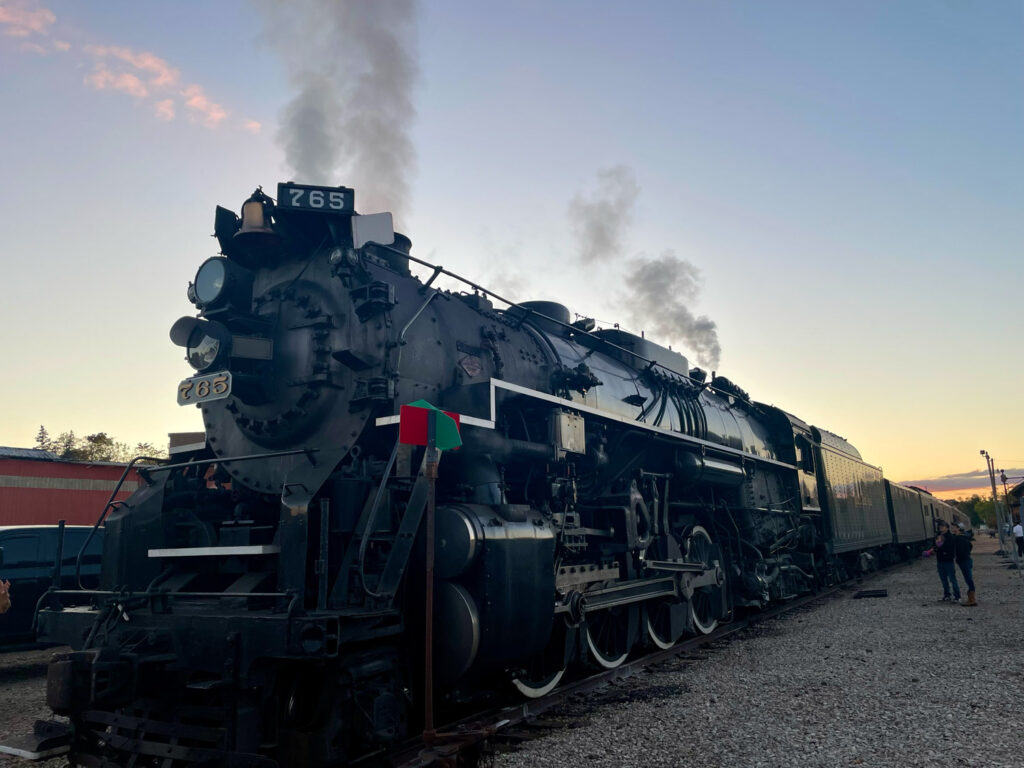
Kelly Lynch, executive director and vice president of the Fort Wayne Railroad Historical Society, is one of the visionaries leading the way.
“We have been really eager to develop a base of operations out of Hillsdale,” Lynch said. “Hillsdale is the perfect venue, especially given its history with the railroad.”
There’s something special about watching a steam engine roll into town. Kids wave and strangers wave back. That’s the magic that the Indiana Rail Experience is hoping to bring back to Hillsdale.
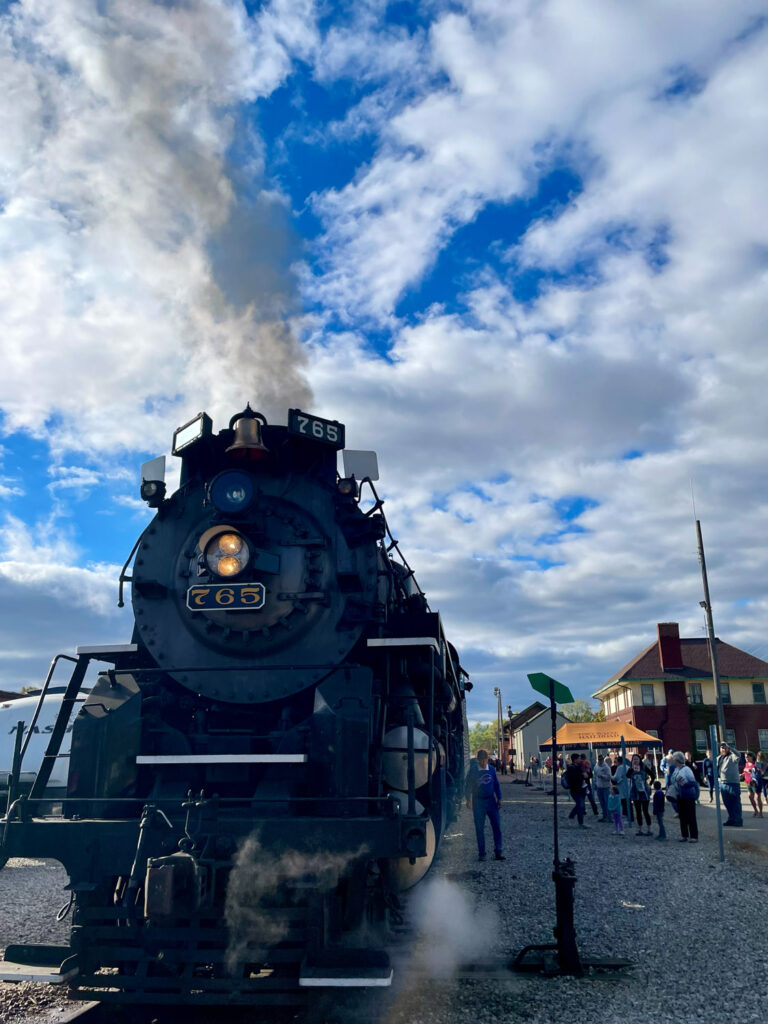
Currently the only program in North America offering heritage train excursions through Indiana, Ohio, and Michigan, the Indiana Rail Experience is a program initiated by the Fort Wayne Railroad Historical Society.
Since 2022, the society has worked in partnership with the Indiana Northeastern Railroad Company, a privately owned railroad, to bring train rides to Hillsdale.
Over 30 years ago, the company saved the Hillsdale County Railway from abandonment. Ever since then, it has worked to restore and maintain the railroad, ensuring its ongoing use.
Lynch said Indiana Rail Experience is hoping to soon make Hillsdale not just a stop but a hub. The society’s hope is that this will draw people from throughout Michigan to participate in a historic railroad experience.
“You really can’t experience this in many places,” Lynch said. “So far, we’ve hosted over 50,000 people aboard these trains in less than 130 operating days.”
With nearly a dozen different restored passenger cars and locomotives from throughout the 20th century to encounter, travelers are able to take unforgettable journeys aboard the train during different themed events like the Cigar Train, the Ice Cream Train, the Fall Colors Train, or even the Hot Chocolate Train.
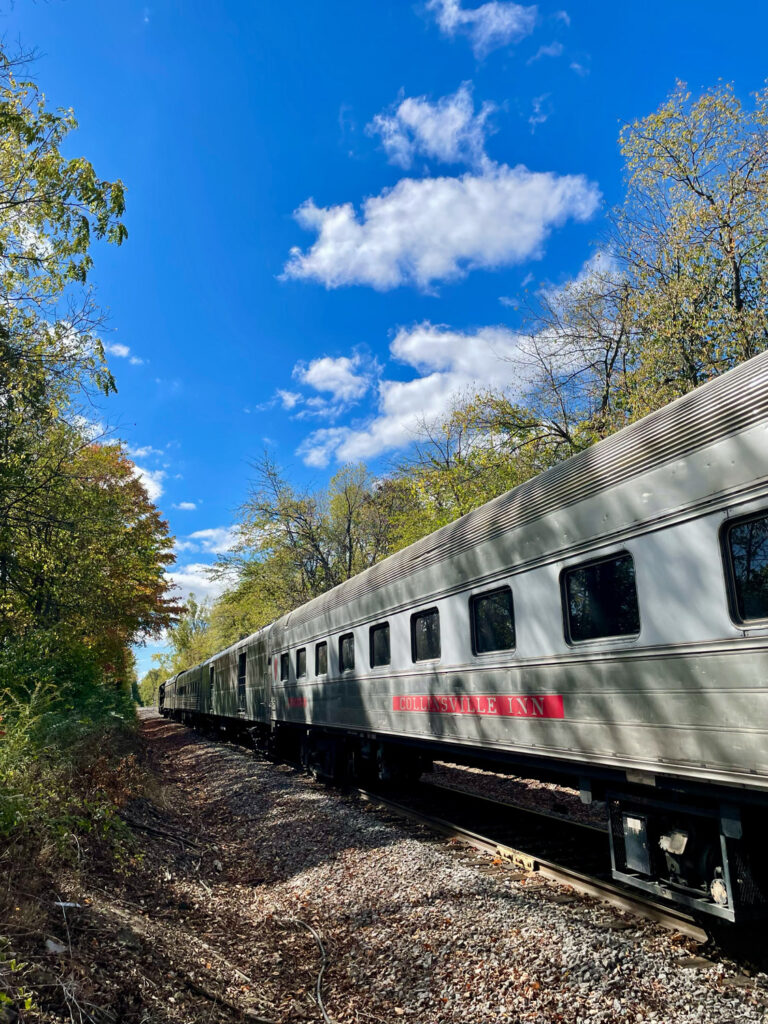
Just this month, the Indiana Rail Experience organized the very first Hillsdale Railroad Festival. Emma Hubbard got to take the train from Hillsdale as it traveled to a local farm for a fall festival.
“I’m from Oklahoma and I was so excited to come to Michigan in October to see all the pretty fall colors. This wonderful train ride was a perfect way to do just that,” Hubbard said. “Riding this beautiful and historic train was a perfect fall activity to experience with my friends.”
Right now, there’s no traditional station in Hillsdale. Parking is limited. Facilities are minimal. But the dream is growing—and even includes a potential station stop right in Hillsdale.
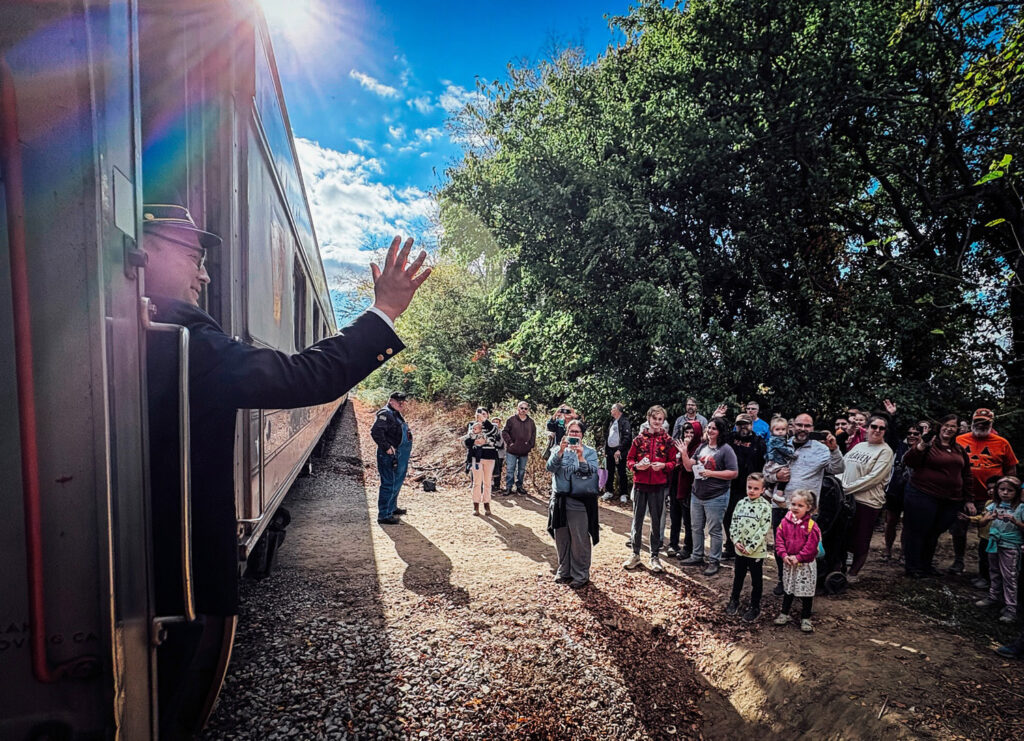
“We are all involved in conversations now about how to develop the rail yard in Hillsdale,” Lynch said. “I think the sky is the limit.”
As Lynch and others look to breathe life back into Hillsdale’s rail industry, this is a story building on a legacy that dates back to Michigan’s—and Hillsdale’s—earliest days.
When Michigan first recieved statehood in 1837, its population and economy were growing. Even before this, the territory played an early role in the idea of the first transcontinental railroad, completed in 1869.
In 1832, the newspaper The Western Immigrant of Ann Arbor proposed a railroad connecting America’s two coasts. This was the first printed suggestion of such a project. A year later, the first railroad tracks were laid in the state.
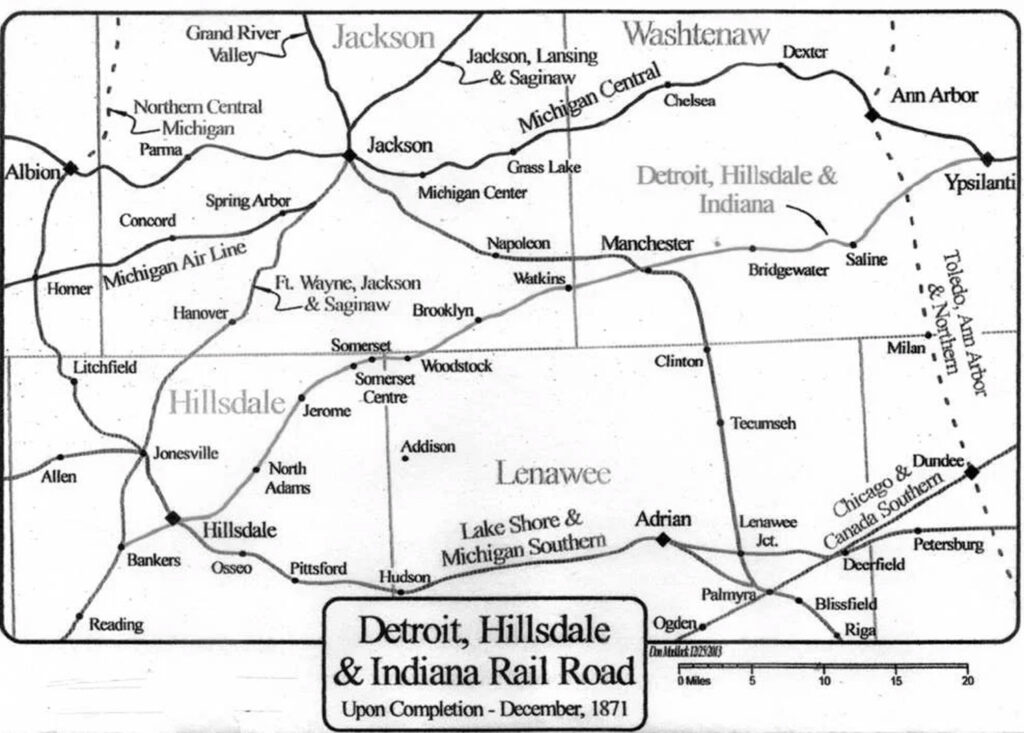
The railroad was always a part of Michigan’s history. In 1838, just one year after receiving statehood, Michigan decided to join the railroad business. The state chartered three major rail lines: the Michigan Northern, Michigan Central, and the Michigan Southern. The last one would cut straight through Hillsdale County, creating a corridor of commerce and transportation from Toledo to Chicago.
And so, while it would be another 50 years before Hillsdale would officially become a city (in 1869), the railroad was on its way.
Thousands of workers—armed with picks, shovels, and grit—headed out in 1838 to build the Michigan Southern Railroad. When it reached Hillsdale in 1843, it should’ve been a triumphant moment. Instead, many thought it would be the end of the line. The state had run out of money and couldn’t finish the project as originally envisioned.
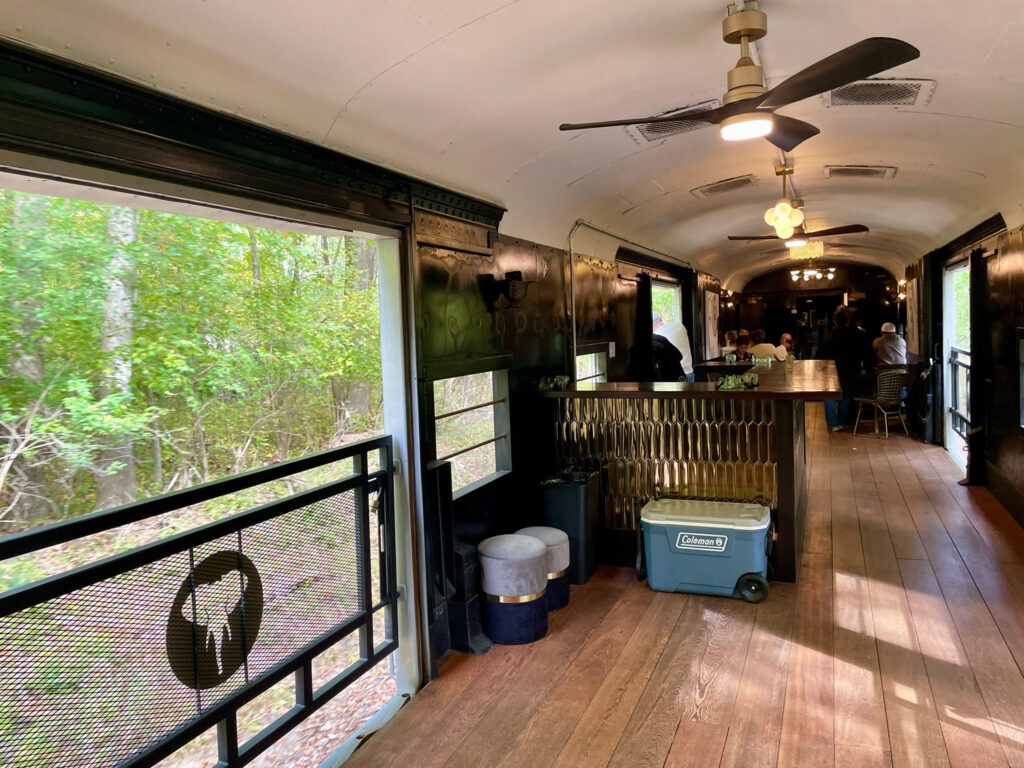
While that could have been the end of the dream, four men decided to take a risk. To build the Michigan Southern Railroad as far as Hillsdale cost the state approximately $1.3 million. Those men, all residents of Hillsdale County, ended up purchasing it from Michigan for $500,000. In today’s money, that is the equivalent of nearly $22 million.
Those men knew they had taken a gamble, but worked out. They formed the Michigan Southern Railroad Company and, for several years, Hillsdale was the end of the line. Literally. That meant that people, freight, and mail all had stopped there.
From there, stagecoaches and wagons picked up where the train left off. Soon, Hillsdale boomed with hotels, warehouses, saloons, and at least one brothel.
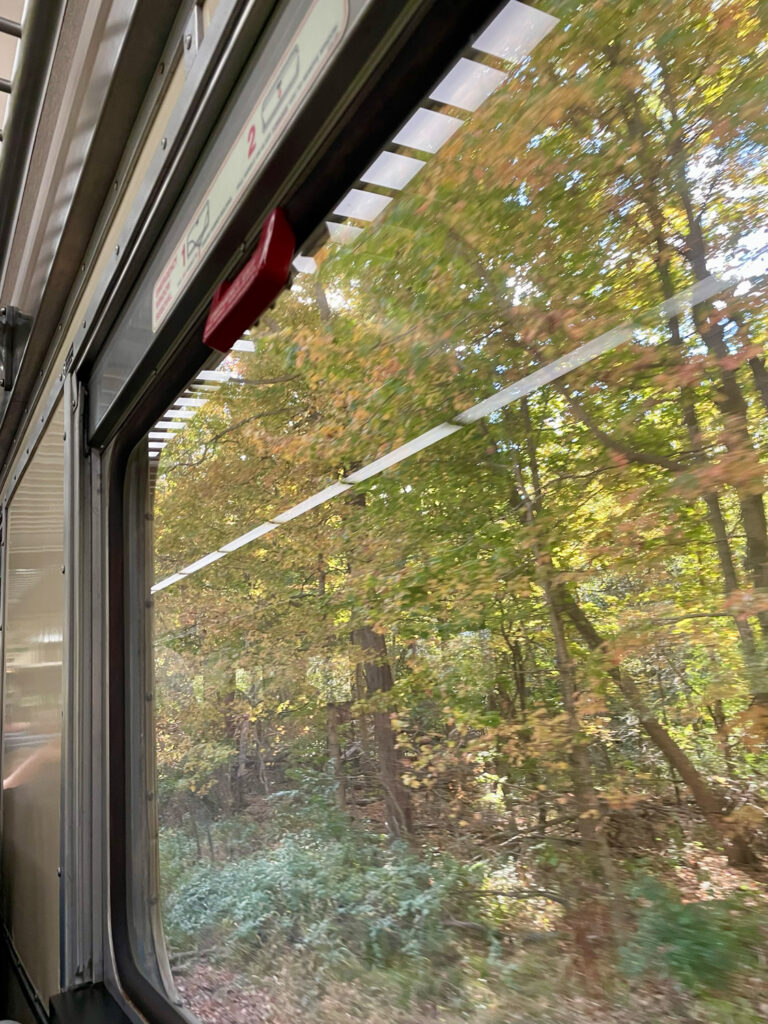
“This put Hillsdale on the map,” Lynch said. “Hillsdale was quite an epicenter for as small of a town as it was. It became a major railroad town.”
More railroads came though. Everything revolved around the railroad in Hillsdale. In the center of town was the railroad yard—complete with a roundhouse, turntable, watering equipment, and much more. A major industry, it fueled dozens of others.
Over the next few decades, more investors began dumping money into railroads throughout Michigan and soon more tracks led to Hillsdale. In 1869, there were 29 railroad startups throughout the state. One of them even bore Hillsdale’s name: The Detroit, Hillsdale and Indiana Railroad Company.
The railroad was a boom and bust industry. Only a few years after it was founded, the Detroit, Hillsdale and Indiana Railroad Company was drowning in debt. In 1875, an investor bought it for just $16,000. So it went for many of the companies throughout the state.
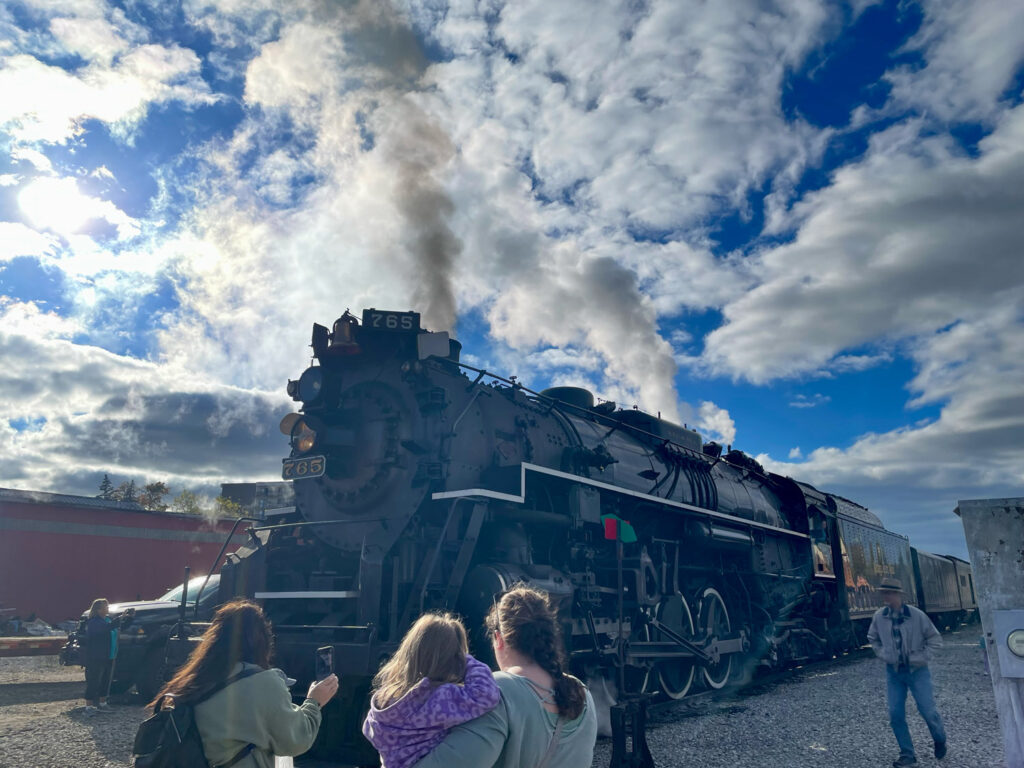
In the 1870s, railroad baron Cornelius Vanderbilt acquired the Lake Shore Railroad with the Michigan Southern Railroad. This was just the first merger of many for Michigan’s railroad industry over the next century.
At its peak in the 1900s, Michigan had approximately 9,000 miles of railroad. That number dwindled over the decades, as did the railroad industry in Hillsdale.
The railroads that once zigzagged throughout the city closed one by one. Tracks were removed or built over as was the turntable and much of the other railroad infrastructure that once filled Hillsdale. In 1956, the once-bustling railroad town heard the last steam whistle of a passenger train.
Now, nearly 70 years later, that sound is returning.
Elyse Apel is a reporter for The Center Square, covering Colorado and Michigan. A graduate of Hillsdale College, Elyse’s writing has been published in a wide variety of national publications, including the Washington Examiner, The American Spectator, and The Daily Wire.
